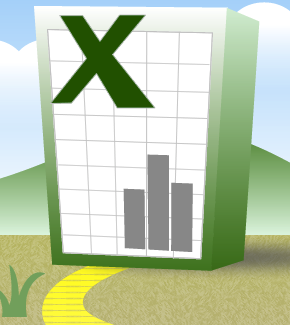Summary
COUNT is not as straightforward as it might look. Many people think it counts the number of cells in a range, or the number of populated cells. But it doesn't. Instead, it counts the number of cells in a range that contain a numeric value. This will include dates, percentages etc. as well as your bog-standard numbers.
If the cells in your range contain the values 1, 2, 3, Y and 4, then the function will return the value 4, ignoring the Y. Blank cells will be similarly ignored. Similarly, it will ignore logical values (i.e. those that contain a TRUE/FALSE value). But cells containing a zero will be included in the count.
Syntax
=COUNT(Range)
Range can be made up of a single range or a set of distinct ranges. If you're using a set of distinct ranges, they should be separated with commas.
Examples
=COUNT(A1:Q20): this will count the number of numeric cells between columns A and Q, in rows 1 through 20
=COUNT(A1,C5,D12,D15:D20): this will count the number of numeric cells the ranges specified

 Trouble with formulae? Lookups not going so well? The Wizard of Excel can help. Dan Harrison offers practical tips and examples, as well as Excel training and consulting.
Trouble with formulae? Lookups not going so well? The Wizard of Excel can help. Dan Harrison offers practical tips and examples, as well as Excel training and consulting.
How do you count text? I did a 6 week/24 different position schedule spreadsheet for my supervisor and when he's made up the schedule there have been a lot of mistakes-duplicate shifts scheduled or shifts unscheduled. I want to make a small spreadsheet at the bottom of the schedule that would tell him if there was any missing/duplicated shifts for each day of the schedule. I'm a novice at this, but I thought a counting formula might work, but I don't know how it works with text. Is this a dumb idea? Any suggestions?